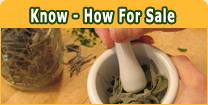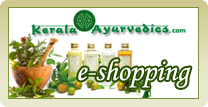Panchakarma literally means five karmas or five methods of treatment in Ayurveda. Panchakarma is a set of five karmas or methods of flushing out accumulated toxic materials. The expelling of toxic materials from deep tissue is a complex thing. An Ayurvedic physician determines the type of panchakarma based on his constitution or prakriti, his physical condition and the season in which the treatment is conducted. Panch means five and karma means an action.
The five karmas in panchakarma are Vaman (vomiting), Virechan (purgation), Basti (enema), Nasya (nasal application) and Rakthamoksha (blood purification).
Purvakarma
Before the actual panchakarma, there is a purvakarma, which literally means ‘the preceding karma’. In this stage the physician gives the directions to prepare the body for the panchakarma chikitsa (treatment). Snehan and Swedan are the main two procedures. It takes up to seven days of snehan and swedan to prepare tridoshas receptive to the treatment.
Only after the purvakarma, the pachakarma starts. The panchakarma method is chosen according to the physical constitution (prakriti) and the disorder (vikriti) on the body.
Vaman
Vaman (vomiting or emesis therapy) is administered for kapha related disorders like bronchitis, colds, breathlessness, chronic asthma, diabetes, indigestion, etc. These are all due to excess mucus. The patient must go through purvakarma before administering vaman.
Virechan
Virechan (purgation therapy) is applied to relieve excess Pitta (in the form of bile) accumulated in the gall bladder, liver, small intestine etc. The result of accumulation of excess toxic materials will be rashes, inflammations, fever, nausea and jaundice.
Basti
Vata is dominant at the colon region. Basti (enema therapy) is used to flush out fallen doshas through intestinal tract. Enimas are of different kinds and they are well above 100. Basti is good for different kinds of vata disorders. Constipation, kidney stone, acidity, sexual disorders, arthritis, rheumatism etc are the diseases curable with basti.
Nasya
Nasya (nasal administration) is used to eliminate kapha related problems affecting eyes, ear, nose and throat. Migraine, sinusitis, bronchitis are the main diseases curable with nasya.
It is also regarded as treating prana (life). The life energy or prana enters our body through nose. It is also connected to brain and consciousness.
Raktha Moksha
Raktha Moksha (Blood Letting) is the technique to eliminate toxic substances accumulated in the blood stream. It is a process of purification of blood. Skin disorders like rash, acne, itching etc are due to impure blood. It regulates the action of pitta.
This treatment method is not suitable for children and elderly people and persons with anemia, general body weakness and similar problems.
Paschatkarma and Rasayana
After all the five or selected therapies of panchakarma, there is Paschatkarma. Paschatkarma or helps body re-establish its normal metabolism and immunity. Post treatment processes are essential to normalize digestion. It is only over many days that the persons can return to his normal diet through different steps of introduction of vegetables and other food items.
Rasayana chikitsa or rejuvenation therapy which includes administering of specific rasayana preparations that help bring back vitality and energy to the body.
After the Panchakarma chikitsa or panchakarma therapy, the persons need to follow a good dinacharya (daily routine) and normalize his/her daily activities according to the change of seasons (ritucharya).


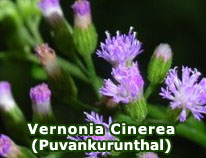
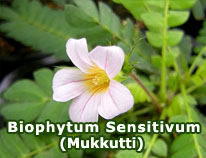
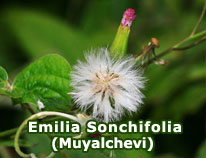
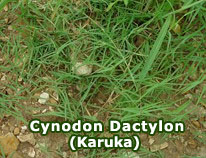
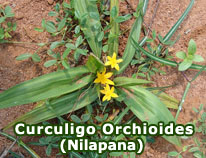
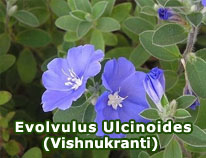
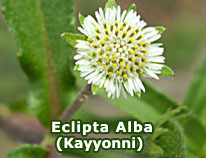
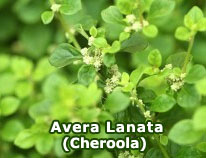
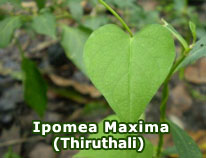
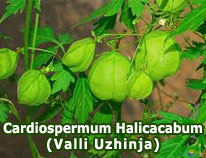
 Loading ...
Loading ...